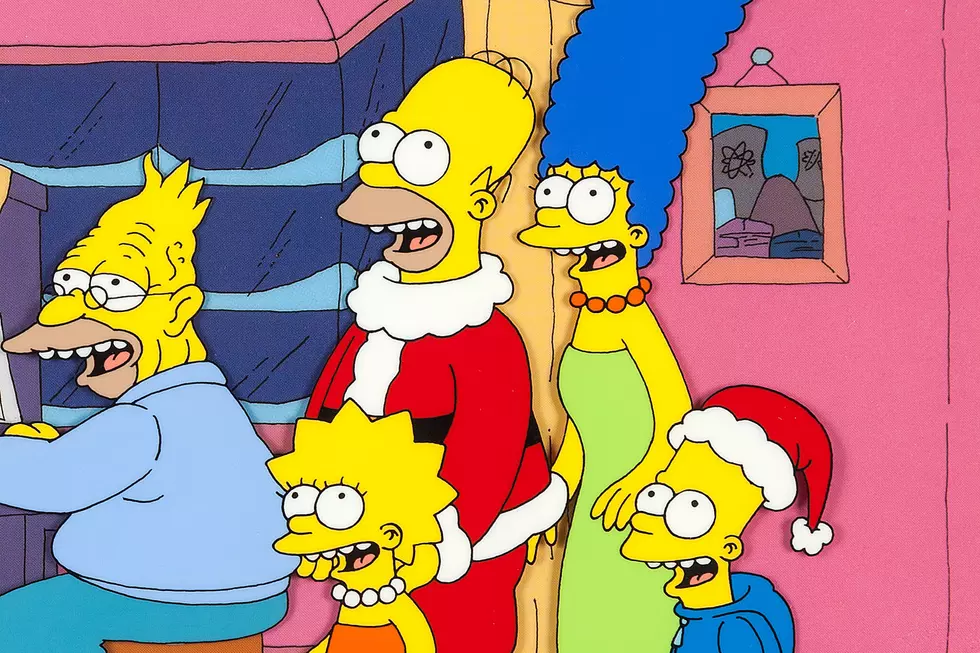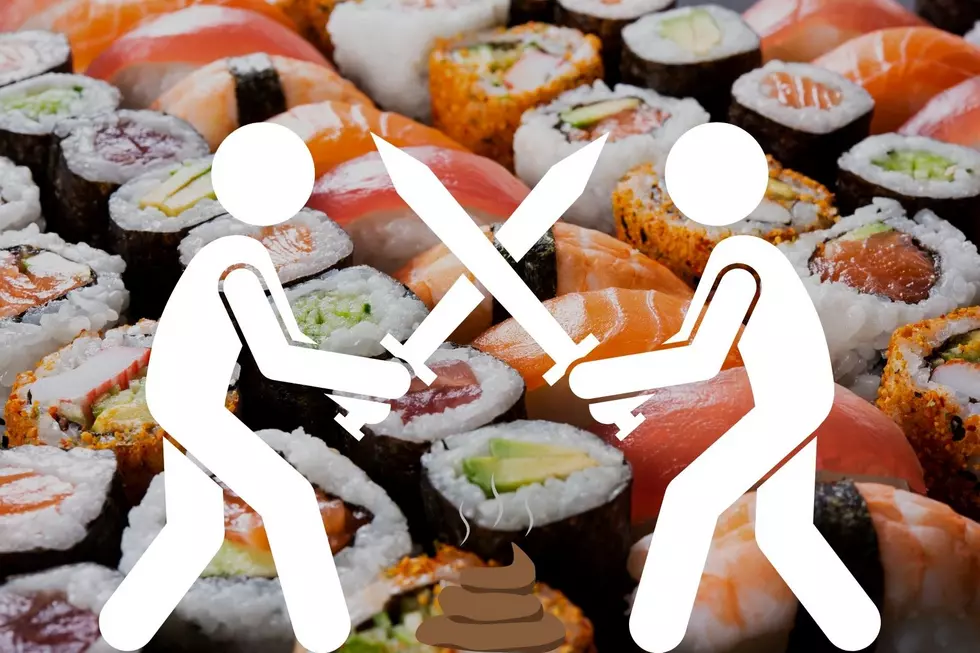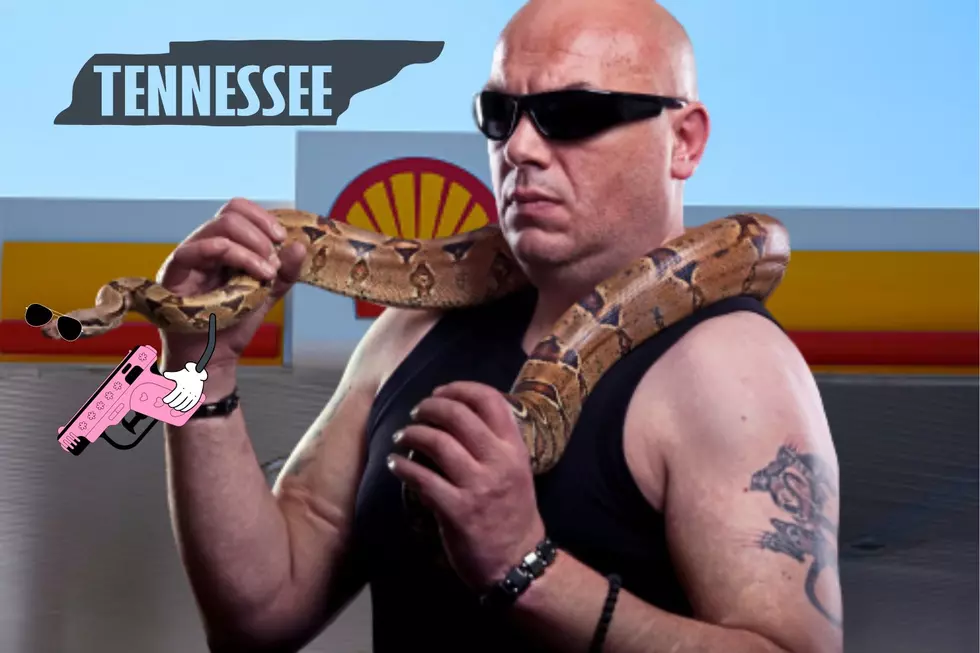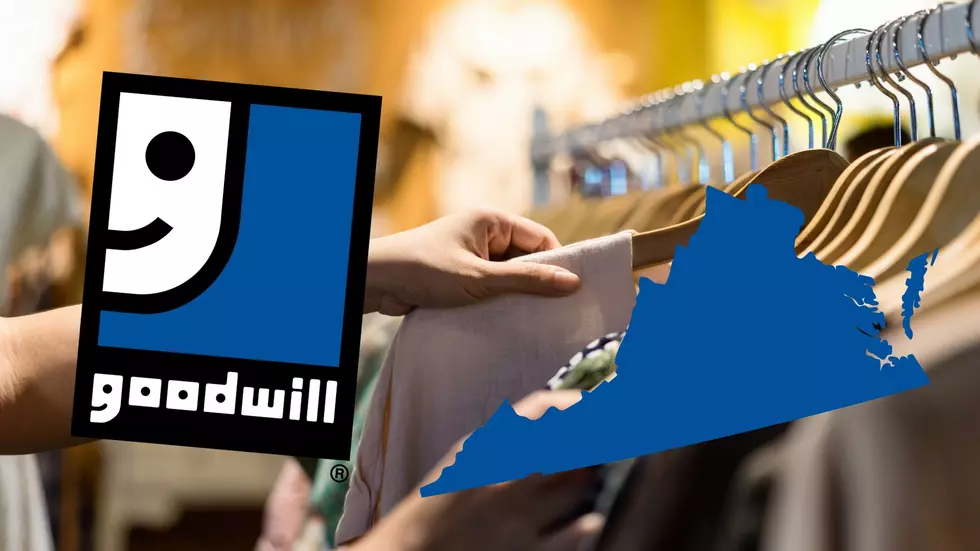
30 Years Ago: ‘The Simpsons’ Begins Its Record-Breaking TV Run
For some audiences, The Simpsons has always just been a part of popular culture.
The animated nuclear family from a town located in an unknown state has been a ubiquitous presence on TV, in film, in video games, in music, theme parks and more.
But The Simpsons had very humble beginnings, first as a series of short films on a comedy variety show and then with its first full-length episode, a Christmas special that premiered on Dec. 17, 1989.
“Simpsons Roasting on an Open Fire” couldn’t have begun to encapsulate all of the hilarity The Simpsons would offer audiences in the years to come, but it was a start.
Watch 'The Simpsons' in 1989
The Simpsons first began life in the mid-'80s, when comic artist Matt Groening was approached by legendary filmmaker and producer James L. Brooks. At the time, Brooks was best known for his Oscar-winning work on Terms of Endearment, as well as his earlier work on TV programs such as The Mary Tyler Moore Show, and was in the process of getting The Tracey Ullman Show ready for the then-fledgling Fox network.
Brooks was interested in Groening’s work, specifically his underground comic strip Life in Hell. But Groening, as he described in 2007 on NPR’s Fresh Air, wasn’t interested in giving away his already-created characters to another medium. Instead, on the fly, he came up with a group of new characters, a family called the Simpsons with names inspired by members of his own family.
There would be three kids: 10-year old Bart (whose name was an inversion of the word “brat”), eight-year old Lisa and baby Maggie. And their well-meaning and loving mother was Marge, with the balding paterfamilias Homer.
The Tracey Ullman Show premiered on April 5, 1987, with the first Simpsons segment, a riff on the parents saying good night to their children, showing up two weeks later. In all, there were 48 shorts featuring the Simpson family on The Tracey Ullman Show, and the animated family became, in essence, the program's breakout stars, getting its own series that premiered midway through the fourth and final season of Ullman's show.
Watch 'The Simpsons' in 1987
By the time The Simpsons became its own title, the character designs had improved vastly from that “Good Night” short. As longtime animator and episode director David Silverman once described in an interview at MSNBC, “There was no designer [at first]. We were designing things as we went along.” From the original group of just three animators (Silverman included), the first season, which spanned 13 episodes, involved overseas animators from Korea along with directors such as Silverman and Wes Archer.
The original intention was for The Simpsons to air in the fall, as shows traditionally had done, with “Some Enchanted Evening” as the introductory episode. But, as recounted on the commentary track for the episode, producer Brooks was derisive of the animation quality, dubbing it “shit” and getting into a heated argument with the head of Klasky-Csupo, the animation studio largely tasked with building out the visual design of the show.
Though things got tense, the producers and animation studio were able to come to an understanding on how The Simpsons should look, and they convinced Fox to let them delay the premiere. In the end, “Simpsons Roasting on an Open Fire” became the first Simpsons episode to air, with "Some Enchanted Evening," which featured the voice of Penny Marshall as a babysitter from hell, moved to the season finale.
Watch 'The Simpsons' in 1989
The holiday installment wound up being a fitting introduction to the deeper world of the Simpsons and the other denizens of Springfield. Though most fans wouldn’t consider this one of the series’ best-ever episodes, it did set the tone for the program. While we think of The Simpsons primarily for its anarchic humor -- in the early days, it’s hard to overstate how omnipresent it was to see Bart Simpson say “Don’t have a cow, man” -- the episode’s story is much more bittersweet than gut-busting.
There are two inciting events: Bart getting a tattoo on his arm without his parents knowing, and Homer finding out that he won’t get a Christmas bonus from the nuclear power plant where he works. When Marge gets furious about Bart’s tattoo and tries to get it removed, she presumes it can be paid with Homer’s bonus. When that bonus doesn’t come through, thanks to the billionaire skinflint boss Mr. Burns, Homer decides to take a department-store Santa job to cover the missing amount. When that plan doesn’t work (thanks to high tax deductions), Homer and Bart head to a local dog-racing track to bet on a Greyhound named Santa’s Little Helper. Though that too doesn’t pan out, they decide to adopt the dog and bring him home.
The conclusion is deftly handled and sweet, a precursor to the finales of future episodes like “Lisa’s Substitute” and “Marge Be Not Proud,” another Christmas-themed episode with Bart and Marge at loggerheads.
When it aired in December 1989, “Simpsons Roasting on an Open Fire” was watched by 13.4 million homes, the second-highest-rated show on Fox that week but only good enough for 30th place overall. Still, it's a respectable showing for a prime-time animated show -- itself a rarity -- that evolved out of a program with a cult following.
Watch 'The Simpsons' in 1989
Critics and audience both embraced “Simpsons Roasting on an Open Fire," and the episode was one of two first-season Simpsons installments nominated for an Emmy for Best Animated Program. The other, “Life on the Fast Lane," was the first to feature recurring guest player Albert Brooks, as a French bowling instructor who tries to woo Marge away from Homer.
Even though “Simpsons Roasting on an Open Fire” had modest beginnings, its influence on the entire series is impossible to overstate. Longtime writer and showrunner Al Jean once called it one of the five essential episodes of the program.
From that point forward, The Simpsons has been basically unstoppable. It’s aired more than 30 seasons of episodes encompassing more than 650 installments. In 2007, the show finally turned into a film with The Simpsons Movie, which grossed more than $500 million worldwide. The show's characters can be found in theme parks around the world, thanks to a partnership with Universal Studios, and merchandise for the characters has amassed more than a billion dollars over decades.
The Simpsons started with acrimony, a skeleton crew and no real assurance that a modern animated TV series could work, on a network that was still seen as a risky competitor to the Big Three. Its Christmas-special first installment may not be as instantly memorable or GIF-able as future installments, and its animation certainly isn’t of the highest quality compared to how the show would look in the next few years. But “Simpsons Roasting on an Open Fire” is where this icon of popular culture truly began.
The Best Rock Movie From Every Year: 1955-2018
More From 97X










